Exploring the Efficiency of the Graphene Heating Pad in Modern Therapy
Tired of stiff muscles and nagging aches slowing you down? Traditional heating pads can be bulky and slow to heat. What if there was a faster, more efficient way to find relief?
This article explores how graphene heating pads are changing modern therapy. We'll examine their effectiveness, benefits, and how they stack up against older methods.
What Makes Graphene Special for Heat Conductivity
Graphene. This single-atom-thick sheet of carbon is making waves in everything from electronics to…heating pads. But what makes it such a heat-conducting superstar? It all comes down to its unique atomic structure.
Imagine a honeycomb. That's essentially what graphene looks like at the atomic level. The carbon atoms are arranged in a hexagonal lattice, with incredibly strong bonds between them. These bonds allow heat to travel through the material extremely efficiently. Think of it as a superhighway for thermal energy. There's very little resistance, so heat zips through graphene much faster than it does through many other materials, including metals.

Here's a breakdown of graphene's thermal conduction abilities:
-
Atomic Structure: A hexagonal lattice of carbon atoms.
-
Strong Bonds: These bonds create a pathway for efficient heat transfer.
-
Low Resistance: Heat zips through with minimal resistance.
-
Superior Conductivity: Outperforms many other materials, including metals.
This exceptional conductivity is why graphene heating pads can provide such quick and even warmth. They heat up rapidly and distribute that heat across the affected area more effectively than traditional pads. No more hot spots or waiting around for relief. Graphene's unique structure makes it a game-changer for targeted heat therapy.
Understanding Graphene Heat Capacity

Image source: Cambridge University
Specific heat capacity measures how much heat energy a material can store. Graphene's specific heat capacity falls within the range of 0.643 to 2.10 J/g·K. Let's break down what these subsequent experimental measurements means:
-
J/g·K (Joules per gram per Kelvin): This unit tells us how many joules of energy are needed to raise the temperature of one gram of graphene by one Kelvin (or one degree Celsius).
-
The Range (0.643 - 2.10 J/g·K): This range indicates that graphene's specific heat capacity can vary slightly depending on factors like the specific form of graphene and temperature. For instance, near room temperature (around 300 K or 80.6°F), the specific heat capacity of pure graphene is around 0.71J/g·K.
-
What it Means for Heating Pads: A good specific heat capacity means graphene can absorb and hold a decent amount of heat. This is beneficial for heating pads because:
-
Even Heat Distribution: The heat is distributed more evenly across the pad.
-
Consistent Warmth: The pad maintains a consistent temperature.
-
Longer-Lasting Warmth: The pad stays warm for a longer time after being heated.
-
This property, combined with the excellent thermal conductivity of graphene (how quickly it transfers heat), makes it ideal for applications needing consistent, long-lasting warmth, like the heating pads we discussed. It allows for a comfortable and therapeutic experience.
Advantages of Graphene in Heating Pads
Let's look at the advantages of graphene heating pads:
-
Faster Heating: Graphene's superior conductivity means these pads heat up quickly. No more waiting around for your pad to warm up. You get relief fast.
-
Even Heat Distribution: Say goodbye to annoying hot spots. Graphene distributes heat sinks evenly across the pad, providing consistent and comfortable warmth.
-
Targeted Relief: The even heat distribution allows for more targeted therapy. You get consistent warmth right where you need it.
-
Flexibility and Durability: Graphene is strong yet flexible. This allows for pads that conform to your body's contours and are built to last.
-
Energy Efficiency: Graphene's high conductivity means less energy is needed to achieve the desired temperature. This can translate to lower energy bills and a more eco-friendly product.
These combined benefits make graphene heating pads a clear step up from traditional heating methods. They offer a more efficient, comfortable, and targeted approach to heat therapy.
How Graphene Heating Pads Work
Graphene's exceptional thermally conductive heat is the key to how these pads work so effectively. Here's the breakdown:
-
Electricity Meets Graphene: When you plug in a graphene heating pad, electricity flows through the conductive graphene layer.
-
Heat Generation: The graphene's carbon atoms arranged structure allows the electrical energy to convert into thermal energy very efficiently.
-
Rapid and Even Distribution: The heat generated is then distributed quickly and evenly across the entire surface of the pad, thanks to graphene's superior conductivity.
-
Targeted Relief: This even heat distribution delivers consistent warmth to the targeted area, providing soothing relief for muscle tension, aches, and pains.
We offer a range of graphene heating pads to suit your needs:

Graphene Full Body Heating Pad
Experience full-body comfort with 10 heat levels and 4 timer settings. Perfect for ultimate relaxation.

Graphene Heating Pad for Neck and Shoulders
Target neck and shoulder tension with this specialized design, also featuring 10 heat levels and 4 timer settings.

Graphene Heating Pad for Neck, Shoulders, and Back
Combine targeted relief for neck, shoulders, and back with the same customizable heat and timer settings.
Our heating pads offer:
-
Targeted Heat Therapy: Alleviate muscle tension, aches, and pains.
-
Adjustable Temperature: Tailor the heat level to your preference.
-
Easy to Use: Simple plug-in operation and user-friendly design.
They are applicable to various areas, including:
-
Shoulders
-
Neck
-
Back
-
Elbows
-
Knees
-
Legs
-
Abdomen
Graphene Heating Pads in Comparison to Traditional Heating Pads
Traditional heating pads have been around for a while. But how do they stack up against the graphene heating pads? Let's compare:
| Feature | Graphene Heating Pad | Traditional Heating Pad |
|---|---|---|
| Heating Speed | Fast | Slow |
| Heat Distribution | Even | Uneven (hot spots) |
| Flexibility | High | Moderate |
| Durability | High | Moderate |
| Energy Efficiency | High | Moderate |
| Targeted Relief | Precise | Less precise |
As you can see, graphene heating pads offer several key advantages over traditional models. They heat up faster, distribute heat more evenly, and are generally more durable. While traditional pads can provide some relief, graphene technology takes heat therapy to the next level with its superior performance and targeted approach. If you're looking for quick, consistent, and effective pain relief, graphene heating pads are the clear winner.
Other Applications of Graphene Heating
Graphene's exceptional properties extend far beyond heating pads. Its unique characteristics make it a promising material for a wide range of applications. Here are just a few examples:
-
Wearable Heated Clothing: Graphene’s conductivity makes heated jackets, vests, gloves, and socks lightweight, flexible, and efficient, ideal for extreme outdoor conditions.
-
Smart Home Heating Systems: Graphene-based systems, like floor heating or wall panels, offer energy-efficient home heating and easy integration with IoT for smart temperature control.
-
Heated Car Seats and Steering Wheels: Graphene enables faster, more uniform warmth in car interiors, improving comfort while reducing energy use.
-
Health and Wellness Devices: Used in eye masks, belly belts, and infrared therapy pads, graphene promotes circulation, pain relief, and overall wellness.
-
Electronic Components: Graphene’s thermal conductivity helps dissipate heat in electronics like laptops and smartphones, preventing overheating and extending device life.
-
Industrial Heating Systems: Graphene’s durability and efficiency make it ideal for industrial heating applications in ovens, kilns, and heat exchangers.
Graphene is a true wonder material with the potential to revolutionize numerous industries. While its use in heating pads is already providing tangible benefits, its future applications are even more exciting.
Ready to Soothe Your Aches with Homlyns Graphene Heating Pads?
Graphene heating pads represent a significant advancement in heat therapy, thanks to refined graphene's thermal conductivity. Their superior thermal performance, achieved through the unique arrangement of carbon atoms in monolayer graphene, combined with even heat distribution and targeted relief, makes them a compelling alternative to traditional methods.
Thermal transport researchers and heat transfer scientists are exploring these thermal properties extensively. This translates to faster, more efficient, and ultimately more comfortable pain management and muscle soothing. Unlike thermal greases or other thermal interface materials, graphene offers superior heat conduction and efficient thermal transport, making it a truly innovative approach to heat conduction.
Here's a quick recap of what we covered:
-
Graphene's unique atomic structure makes it an exceptional conductor of heat.
-
Graphene heating pads offer faster heating and even heat distribution.
-
They provide targeted relief for muscle tension, aches, and pains.
-
Graphene has numerous other applications in electronics, composites, and more.
Homlyns is committed to bringing you innovative solutions for pain relief and wellness. Our graphene heating pads are designed to provide you with the ultimate comfort and targeted therapy you deserve. Experience the difference today and discover the soothing power of graphene.
💬 FAQs
Q1: Who should not use a graphene heating pad?
A: While generally safe, individuals with certain conditions should consult their doctor before using a graphene heating pad. This includes those with:
- Pacemakers or other implanted medical devices
- Sensory neuropathy or other conditions affecting skin sensitivity
- Pregnancy or breastfeeding
- Recent injuries or surgeries
Q2: What is the efficiency of graphene heating?
A: Graphene is incredibly efficient at converting electrical energy into heat. Its high conductivity minimizes energy loss, meaning more of the electricity is used to generate warmth. This translates to faster heating times and potentially lower energy consumption compared to traditional heating pads.
Q3: Can graphene be used as a heat shield?
A: Yes, graphene can be used as a heat shield. Its high thermal conductivity allows it to spread heat quickly and evenly, preventing heat buildup in a specific area. However, the effectiveness of graphene as a heat shield depends on the specific application and design.
Q4: Can graphene withstand heat?
A: Graphene has a very high melting point and can withstand significant heat. However, its properties can degrade at extremely high temperatures in the presence of oxygen. For typical heating pad applications, the temperatures are well within graphene's safe operating range.
Reference:
- Mann, Sarita & Rani, Pooja & Kumar, Ranjan & Dubey, Girija & Jindal, Vijay. (2016). Thermodynamic properties of pure and doped (B, N) graphene. RSC Advances. 6. 12158. 10.1039/C5RA25239C.
- Elsaid, K., Abdelkareem, M. A., Maghrabie, H. M., Sayed, E. T., Wilberforce, T., Baroutaji, A., & Olabi, A. G. (2021). Thermophysical properties of graphene-based nanofluids. International Journal of Thermofluids, 10, 100073. https://doi.org/10.1016/j.ijft.2021.100073




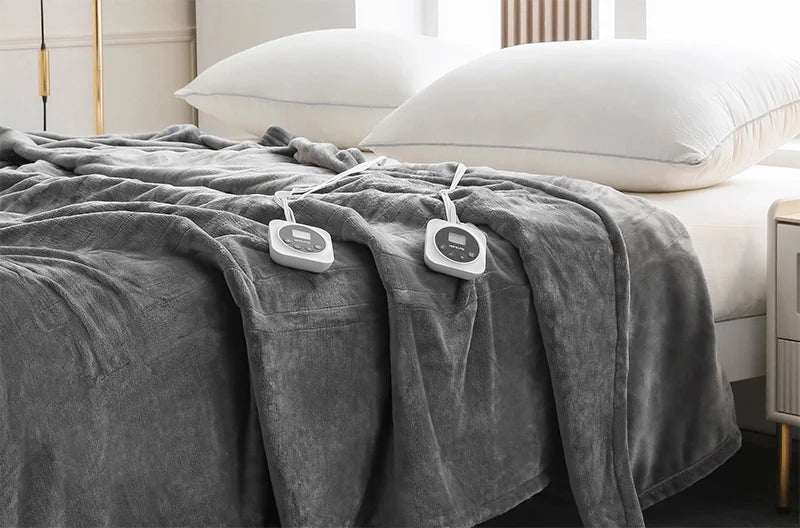
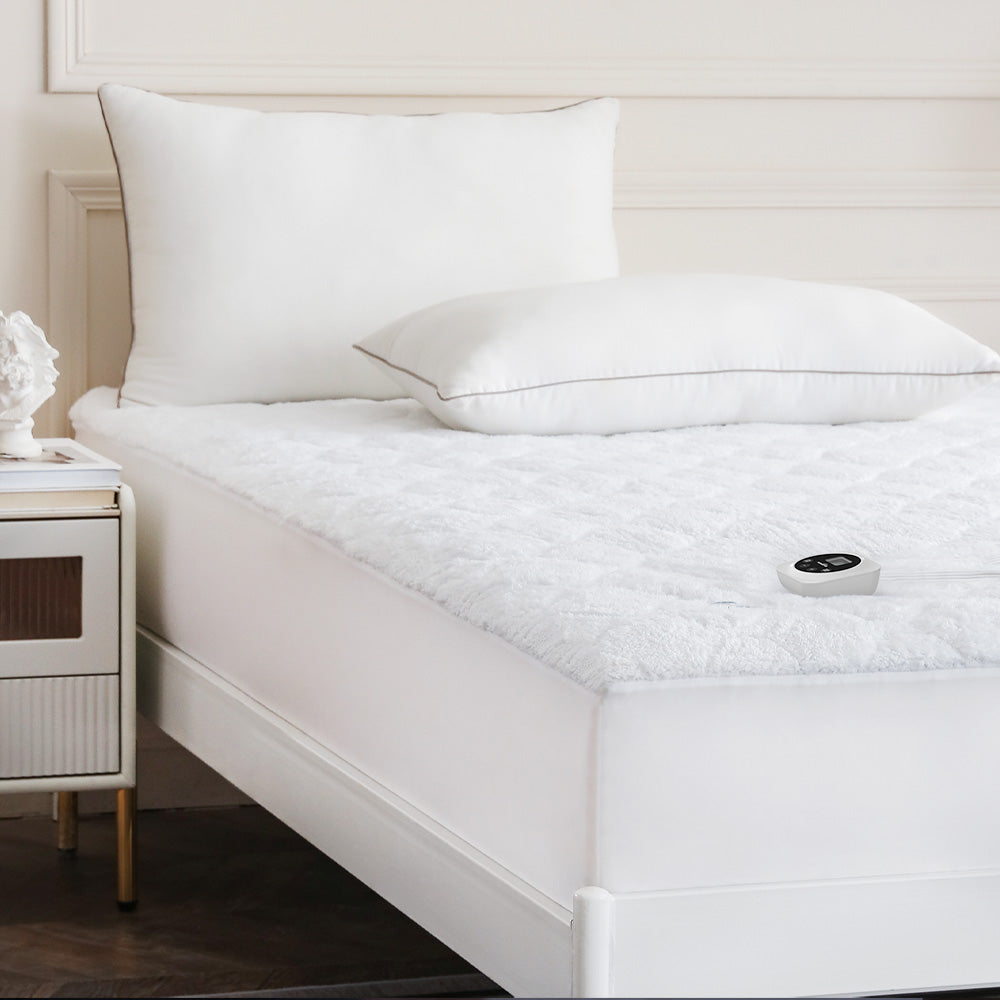
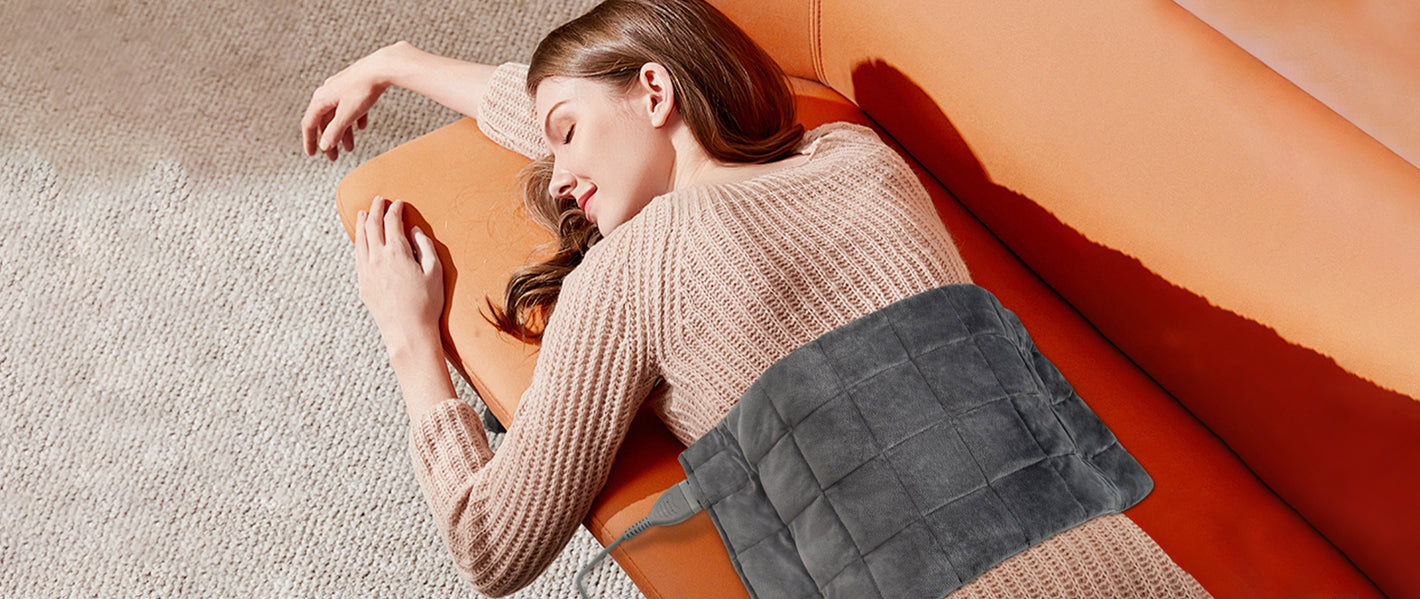
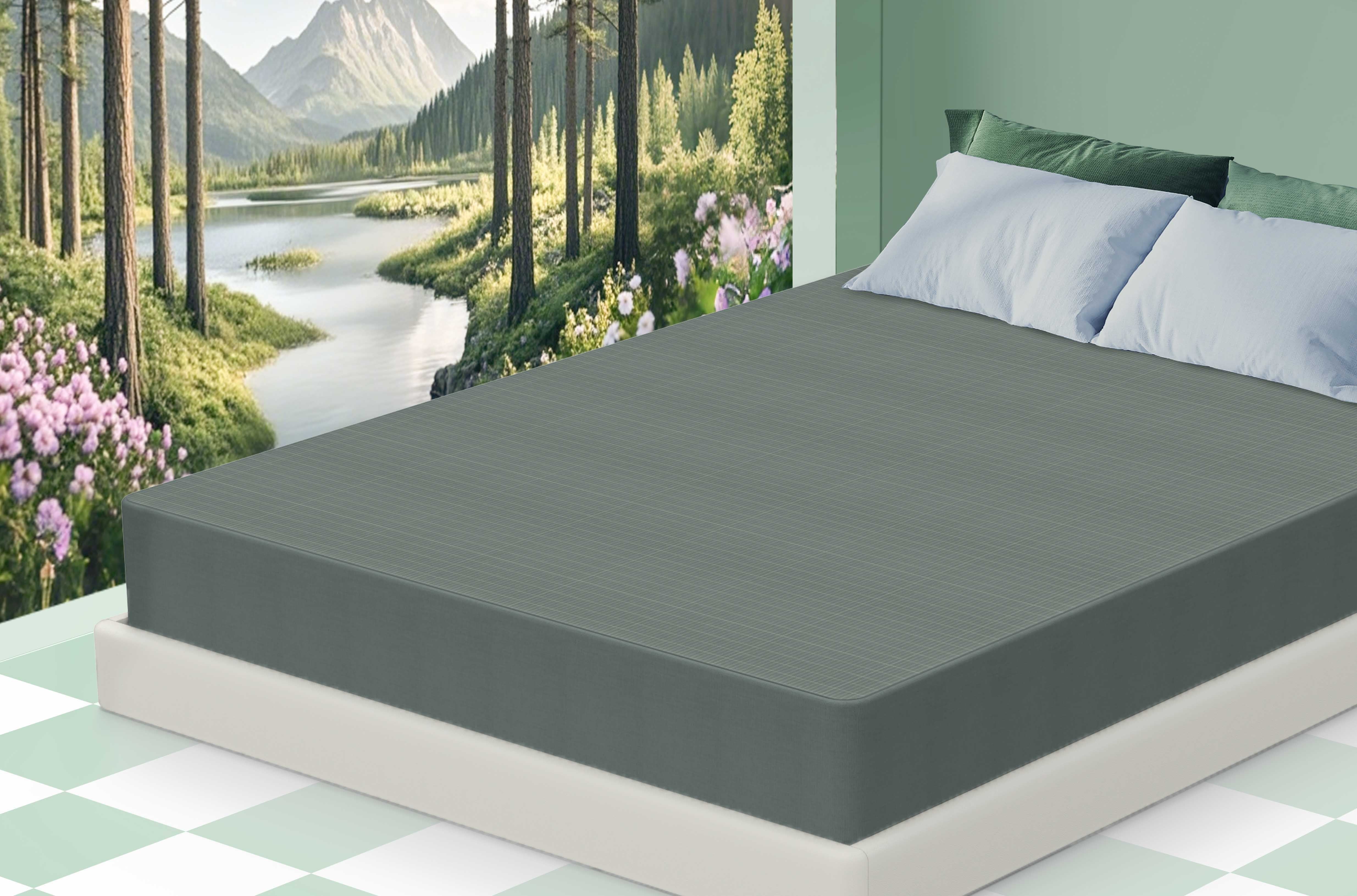

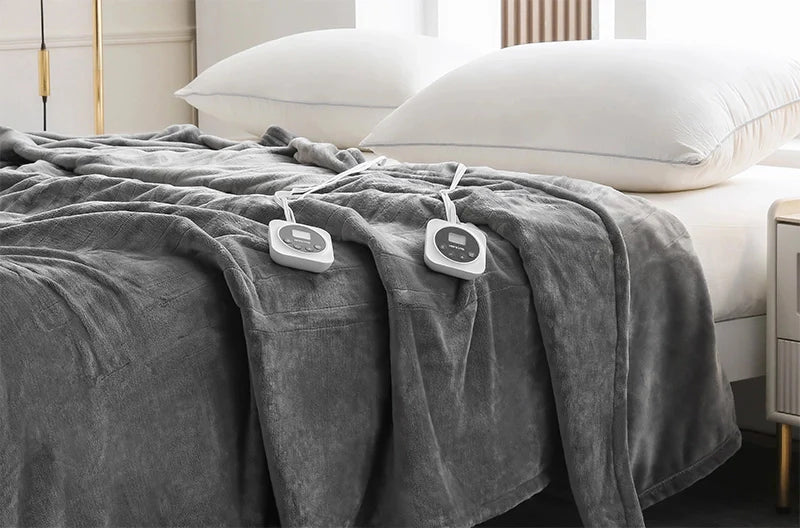
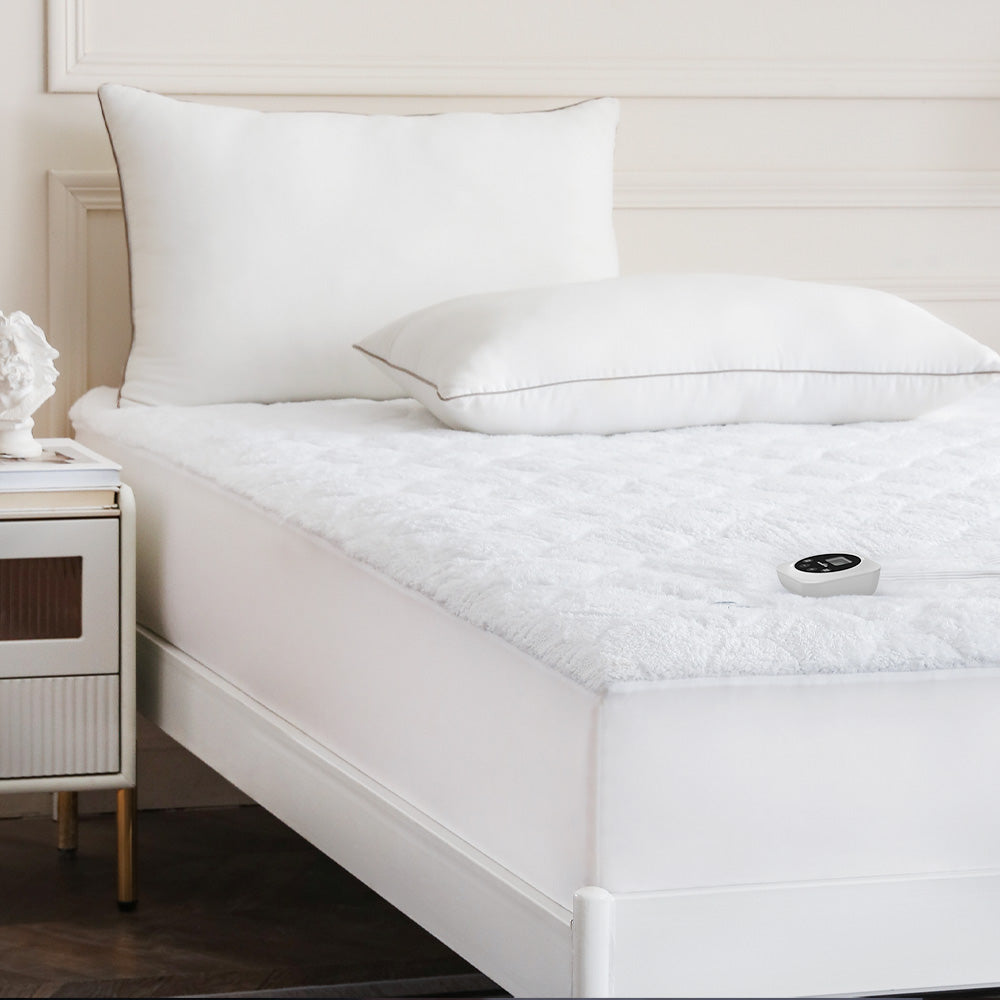
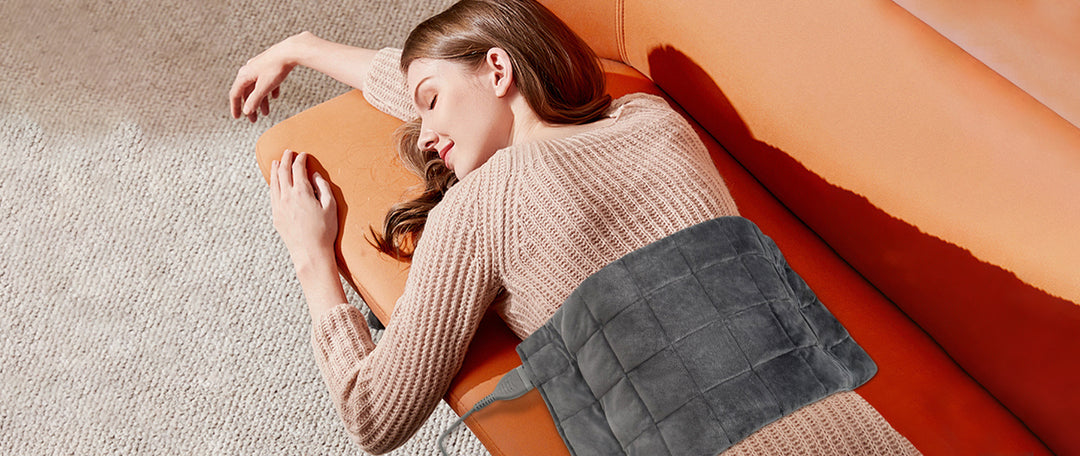
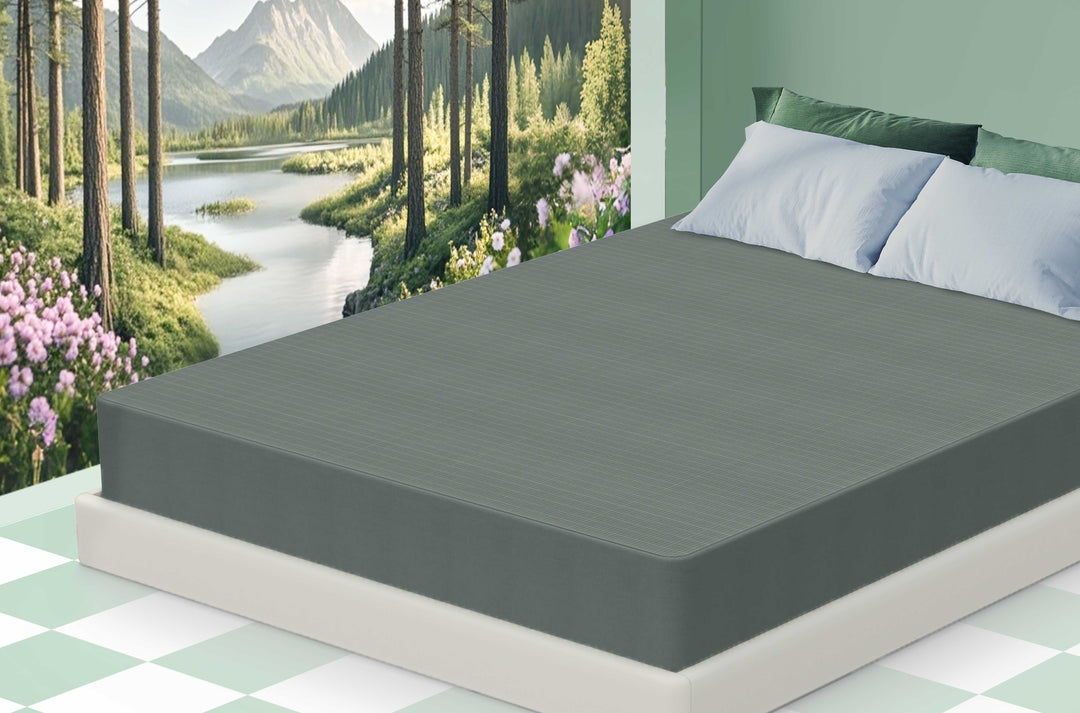



Leave a comment